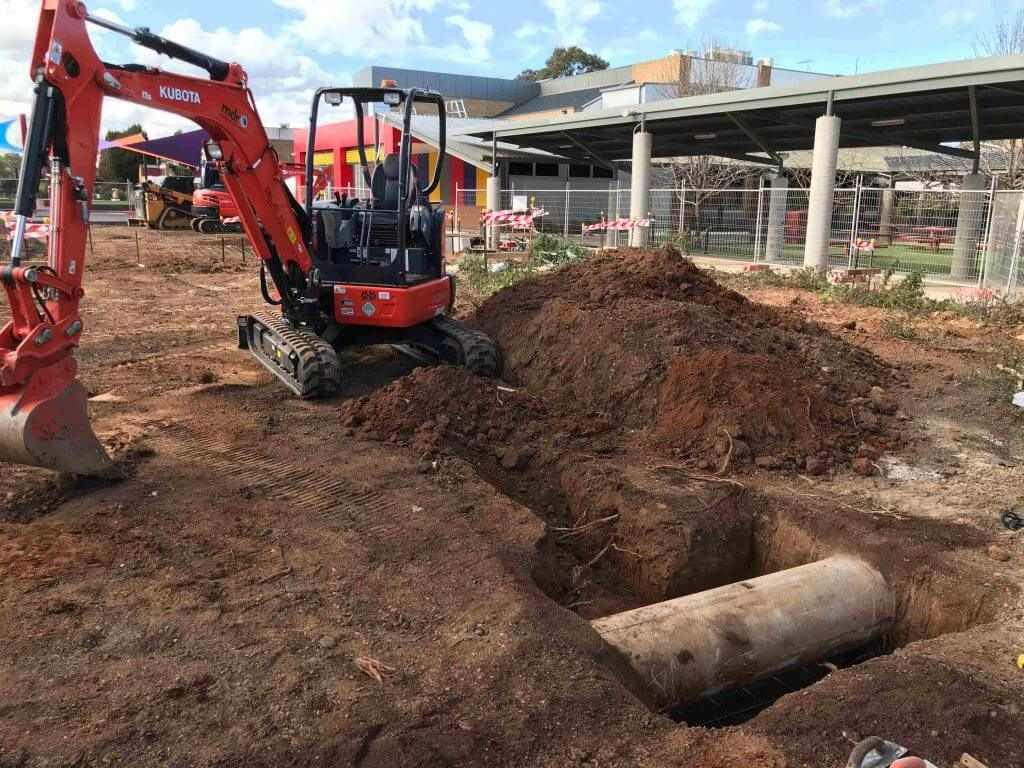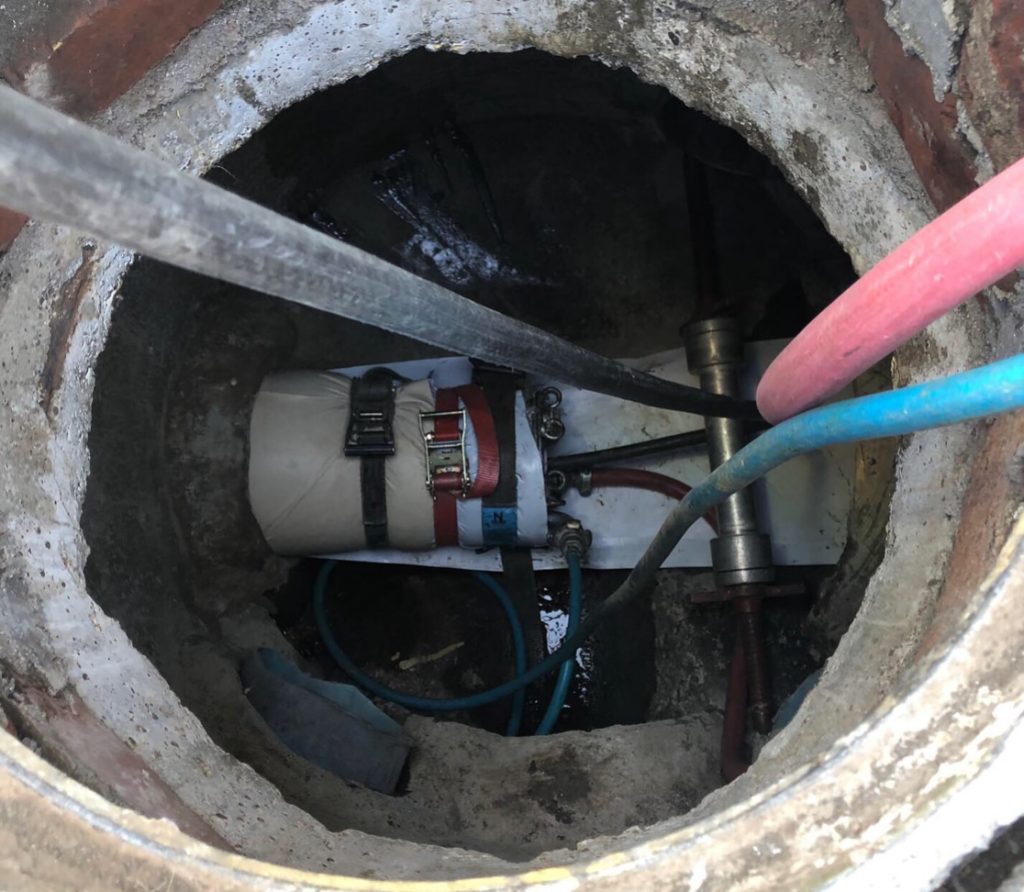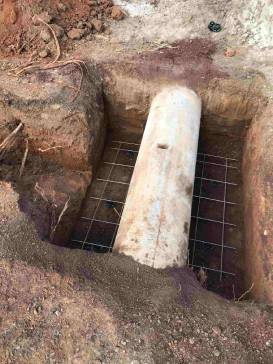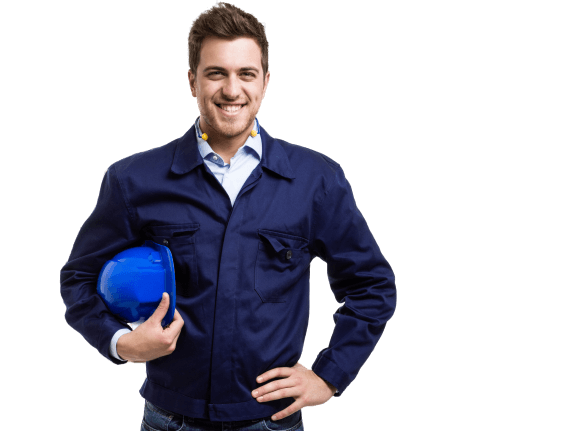SERVICING THE WIDER MELBOURNE AREA


Our knowledge and experience working in civil construction allow our team to confidently design a range of trenchless solutions to service large diameter asset rehabilitation.
MDR works with local councils through to Construction companies developing housing estates to provide these solutions whilst engaging tools like our environmental policy and implementing traffic management plans to ensure public and worksite safety is never compromised .
The C.I.P.P method of rehabilitation MDR uses consists of a pneumatic bladder made to suit diameters from 50mm upto 1050mm – specifically designed packers are used for larger diameters and although we can construct bladders for long lengths the main use for this method is for patching isolated defects. Felt or fibre glass is used with a two-part epoxy resin as the bonding material. The resins we have come in a variety of ambient curing times from 2 – 24 hours depending on how much working time is required for the project, we then have the ability to introduce steam to the bladder which can cure particular resins 400% faster.
Once the liner is cured, we then deflate and remove the bladder from drain leaving a structural patch cured and defect sealed. We can adapt this process for all materials from P . V . C to cast iron or concrete ( RCP ) drains.
Different materials are used to allow us to reline radius bends and traps, fully stitched junction felts are also used to rehabilitate junctions in all areas / sections of drainage design.


For continuous or manhole to manhole liners up to 300mm in diameter MDR implements either a drum suitable to the length or our sluice drum for lengths over 60m, these drums allow us to use air pressure to invert liners which are wet out with resin and wound inside the drum, into the drain with only one point of access.
For diameters above 225mm, MDR implements our U.V system. U.V liner is constructed from fibreglass material with polyester resin and for most projects we insert the resin into the liner at our factory and transport to site in one of our cold storage units.
Unlike inversion, U.V lining requires downstream and upstream access to the asset therefore more commonly used for large diameter manhole to manhole rehabilitation. Once we have winched / dragged the liner through the drain, one end is plugged, and the liner is then inflated with compressed air. Our U.V light train is then driven through the liner from end to end, curing the liner with ultraviolet lights as it passes through.
The method is not only structurally compliant but also time-efficient as well.


Crawlers are used by our team when working with pipe diameters 225mm and above, our units link with WINCAM the widely recognised and approved format for delivering CCTV data and reporting.
MDR uses robotic cutting equipment for a variety of tasks including steal and mesh grinding and removal to eliminating defective mainline penetrations.
Melbourne Drain Relining prides itself on delivering high-quality workmanship but more importantly completing these projects in the safest environment not only for our staff but also for the general public. For this reason, MDR has invested a great deal into things like our prestart meetings, JSA’s, safety walks and SWM’s but also documents such as our environmental plan and safe operating procedures. All staff have first aid and confined space tickets which are refreshed when required.
We work closely with our traffic management team making sure we have compliant management plans to create a safe working area with as little impact on the public as possible.
Deep open-cut repairs such as boundary trap renewals and emergency sewer main works are tasks we frequently undertake, along with developing project plans to conduct these works safely.
We have equipped ourselves with the relevant machinery such as various excavator sizes and also tip trucks so we can perform these works with out engaging other parties to compensate.
Our shoring and confined space equipment allow us to excavate and operate safely to depths up to 5 meters.

Melbourne Drain Relining prides itself on delivering high quality workmanship but more importantly completing these projects in the safest environment not only for our staff but also for the general public. For this reason MDR has invested a great deal into things like our prestart meetings, JSA’s, safety walks and SWM’s but also documents such as our environmental plan and safe operating procedures. All staff have first aid and confined space tickets which are refreshed when required.
We work closely with our traffic management team making sure we have compliant management plans to create a safe working area with as little impact to the public as possible.
